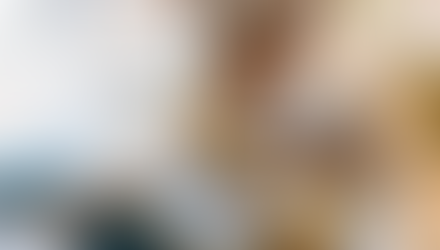5 secret remedies by Indigenous midwives.
- MUMYU India
- Feb 8, 2024
- 3 min read

Unlocking the secrets of indigenous midwives, here are five concealed yet time-tested remedies by the last generation of midwives from the Himalayas. These remedies are practiced still in many areas and women vouch for these. This ancient wisdom is time-tested, but those who know its power, still promise by them. here are a few less-known, hidden remedies.

1. Methi Gud Kaadha (Natural Labor Inducing Elixir): When the early signs of labor emerge, the GUR Methi Kadha comes into play. This concoction, a blend of methi seeds, jaggery, and generous tablespoons of pure ghee, has stood the test of time in inducing labor naturally. The slow and deep contractions are prompted by this proven elixir, aiding the mother's cervix in smooth dilation.
This allows to body to naturally transition into labor. 2 tablespoons of methi boiled in two cups of water with jaggery, once it boils to half of the quantity, two spoons of pure ghee are added. this concoction is dark brown in color and syrupy in texture, it's served a little hot. This induces labor and helps in cervix dilation.

Ajwain Dhuni (Antibacterial Carom Seeds Incense Therapy): From the very first day of childbirth, the Ajwain Dhuni therapy unfolds in the mother and child's room. By burning carom seeds like sage, the resulting mild smoke acts as an antibacterial shield, safeguarding the newborn from potential infections. Rooted in ancient wisdom, this practice also protects the healing mother from infections. Daily application for 45 days after childbirth is recommended.
Take a small spoon of carom seeds in an incense cattle or just a small ladle and burn it over the stove, cover it and bring it to the room, and release the carom incense while the room is closed.

Loha Pani (Iron-Infused Water): In bygone eras, new mothers received dedicated care, including various special drinks of water infused with herbs and spices. Among these, Loha Pani stands out—a concoction where an iron rod is consistently dipped into a boiling pot of water. Cooled overnight, this iron-infused water, with its distinct taste, is believed to replenish the iron levels a new mother loses during and after delivery, ensuring her well-being.

Heeng Lep (Natural Colic Aid): Harnessing the potency of real dark brown heeng, not the powdered versions flooding the market, the Heeng Lep provides natural relief from gastritis or colic pain. Soaking the original heeng pebble in water, creating a runny paste with a pinch of wheat or rice flour, and gently applying it around the child's naval yields magical results. A loosely covered muslin cloth prevents smudging. This has been used by mothers since ages. Today many commercial brands are trying to harness the healing properties of asafoetida in various forms but the original heeng is the one with real healing properties.

Gacchi (Post-Delivery Belly Support Belt): Contrary to the assumption of recent Western recommendations, the Gacchi, a muslin/cotton/markeen cloth, has been an age-old suggestion by midwives. After a normal delivery, this belly support belt is tied comfortably around the mother's abdomen for a few hours each day. Midwives skillfully assist in its application, aligning pelvic joints and pubic bones, providing a soothing back massage, and aiding in a restful sleep while breastfeeding. Folklores speak of Gacchi preserving the magical reproductive powers of the womb and thus are reused generation after generation.
These remedies by indigenous midwives are passed down from generation and now are almost extinct, not because they are not effective, but because they have been replaced by modern medical practices. the tested and proven remedies are still used by those who have experienced them.
DISCLAIMER - These remedies are shared with the intent of sharing ancient wisdom. To practice and use any such remedy please consult an experienced and certified midwife and birth caregiving practitioner.












































Comments